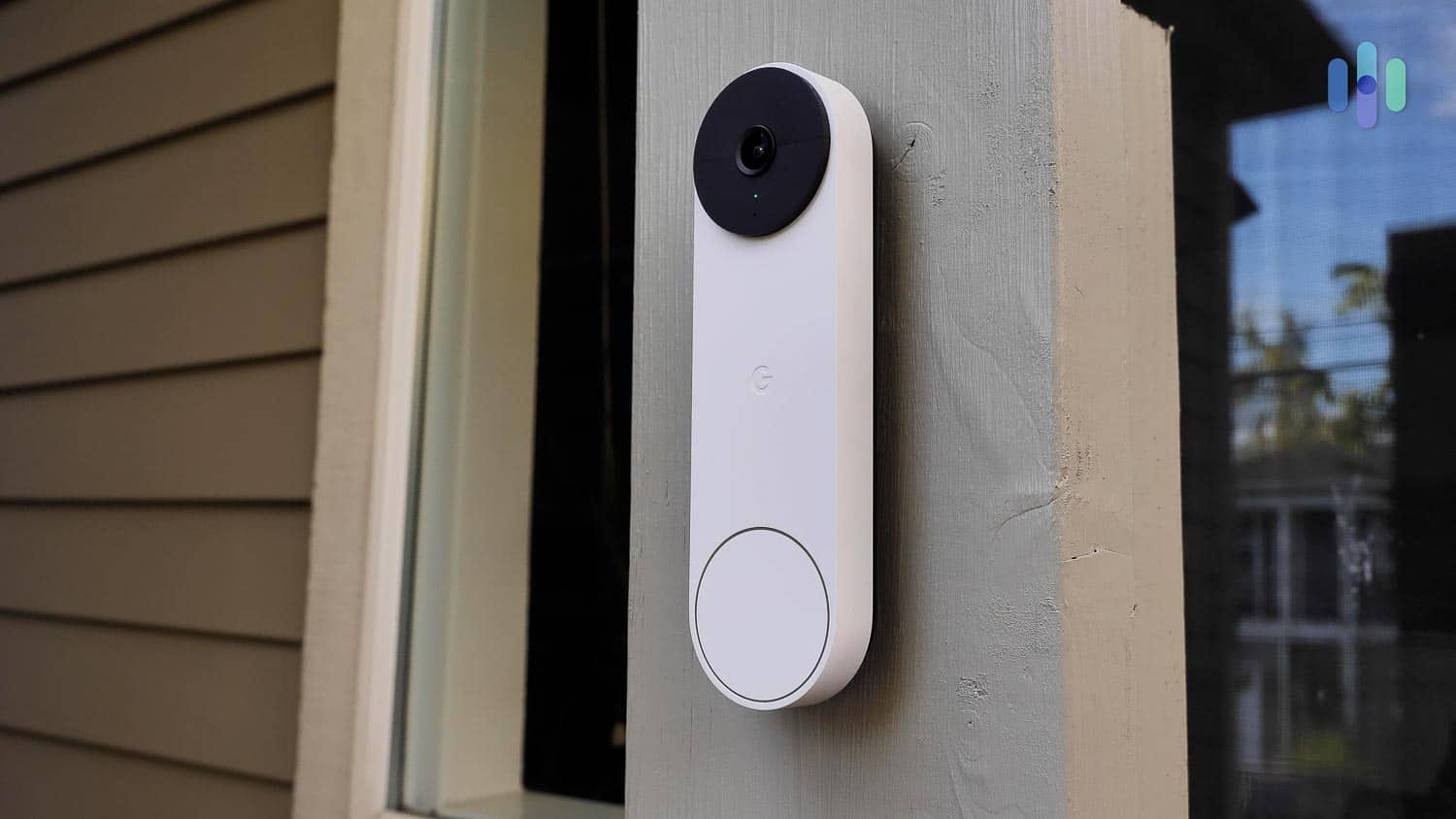Wireless doorbells are a convenient and modern alternative to traditional wired doorbells. However, they are not without their issues. One familiar problem owners may encounter is the doorbell continuously ringing without anyone pressing the button. This article will provide a comprehensive guide on how to fix a wireless doorbell that keeps ringing.

Doorbell Ringing on Its Own
There could be several reasons why your wireless doorbell might be ringing by itself, including:
- Radio Interference: Wireless doorbells send a radio signal when the button is pressed. If other devices in the area operate on the same frequency, this can cause interference, and the doorbell may ring by itself. This is especially a problem in apartments or densely populated areas with many wireless devices.
- Sticking Buttons: The doorbell’s button can sometimes become stuck or damaged, leading to unintended ringing. This can be due to weathering, a buildup of dirt, or physical damage.
- Battery Issues: If the doorbell’s battery is running low, it may behave erratically, which can sometimes cause it to ring unexpectedly. The signal between the button and the chime unit can also become distorted, triggering a false ring.
- Faulty Components or Wiring: Like all electronics, a doorbell is not immune to faults. This could be a problem with the internal components or wiring of the doorbell. Even though it’s wireless, internal wiring is still within the button and chime units. The doorbell may ring independently if there’s a short or broken connection.
- Outdated Firmware: This is a less common cause, but obsolete firmware can cause issues in certain intelligent doorbells. Updating the firmware to the latest version may resolve the problem.
- Temperature Fluctuations: Some wireless doorbells can be sensitive to temperature changes. Extreme cold or heat could cause the doorbell to malfunction, resulting in it ringing by itself.
Solving the problem would depend on identifying the cause. If it’s interference, you might need to change the doorbell’s frequency or replace it with a different frequency. A simple repair or replacement might be necessary for a stuck button or battery issue. If the problem is faulty components or wiring, you might need professional help to repair or replace the doorbell. Firmware problems can usually be fixed by updating the doorbell’s software. If temperature is the issue, you may need to consider installing a cover to protect the doorbell or replacing it with a model designed to withstand the temperatures in your location.
A sticking button on wired and wireless doorbells can cause the doorbell to ring continuously or randomly. A wired doorbell may have a short in the wiring that causes the chime to ring, in which case, check the wires for any exposed areas and cover them in electrical tape.
Sometimes, if your neighbors also use a wireless device working on the same frequency as your doorbell, interference could be the reason for the ringing. The solution for wireless models is to change the frequency they operate on, and the ringing problem will stop.
How Do You Fix a Wireless Doorbell That Keeps Ringing?
Step 1: Check for Interference
Interference is often the culprit when your wireless doorbell continuously rings on its own. Other electronic devices, including garage door openers, car alarms, or even wireless doorbells, can interfere with your doorbell’s signal.
To verify if interference is causing the problem, try to turn off other electronic devices nearby and see if the issue persists. If the ringing stops, you may need to change the frequency or channel on your wireless doorbell if it allows you to do so.
Step 2: Replace the Battery
If there’s no interference, the next step is to check the battery. Even though the doorbell is wireless, it still requires a power source. Batteries running low or faulty can sometimes cause the doorbell to ring continuously.
If applicable, replace the batteries in the doorbell button and receiver unit. After replacing the batteries, check to see if the doorbell keeps ringing.
Step 3: Reset the Doorbell
Sometimes, a simple reset can fix a wireless doorbell that keeps ringing. Most wireless doorbells have a reset button. If yours does, press and hold it for a few seconds, then release.
This should reset your doorbell to its factory settings. After resetting the doorbell, try to see if it still keeps ringing.
Step 4: Check the Push Button
If the above steps have not worked, it may be that the push button itself is sticking, causing the doorbell to think it’s being continually pressed.
Check the push button for any visible signs of stickiness or damage. If you find any, you might need to replace it.
Step 5: Update or Replace the Doorbell
If none of the above steps work, it might be time to update or replace the wireless doorbell. In addition, technology can sometimes fail; if your wireless doorbell is old, it might not function correctly.
Before replacing the entire unit, check if there’s a firmware update available for your doorbell. Some manufacturers regularly release updates to fix bugs or improve performance. If an update is available, follow the manufacturer’s installation instructions.
If no updates are available or don’t solve the problem, consider replacing the wireless doorbell. Many models are available in the market with different features to suit your needs.
Conclusion
The steps provided should help troubleshoot and fix a wireless doorbell that keeps ringing. However, if none of these steps work, the problem might be more severe, so you may seek professional help or consider replacing the unit.
Refer to the manufacturer’s manual for specific instructions for your model, as the steps might vary slightly. However, wireless doorbells are generally easy to maintain, and with the correct troubleshooting, they can serve you for many years.





